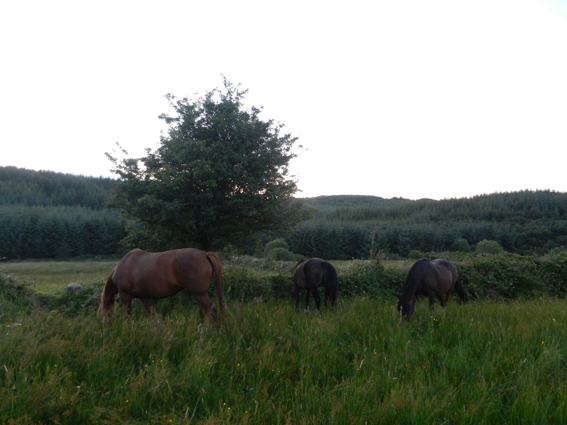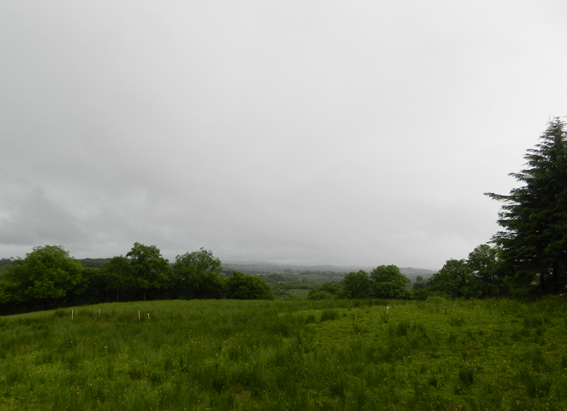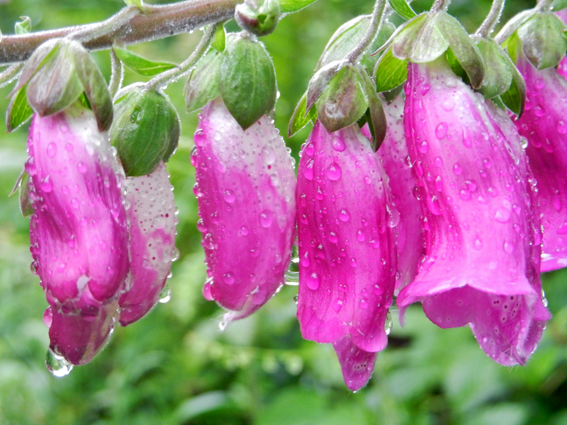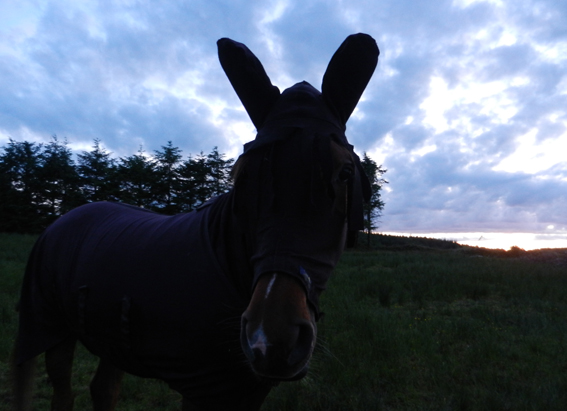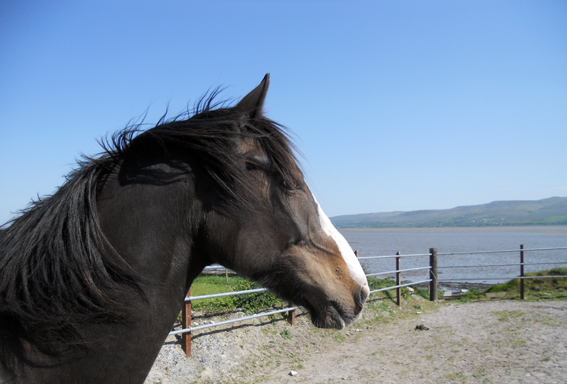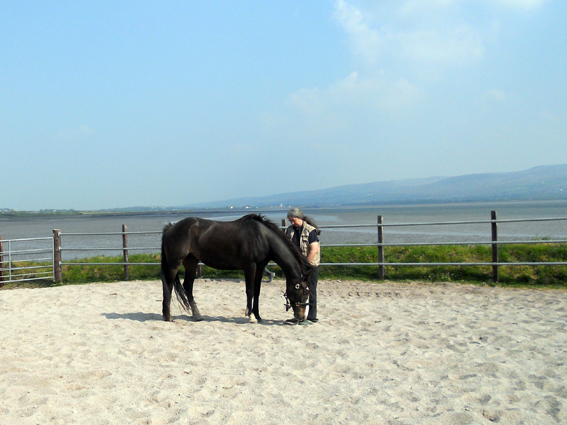I guess this is a question almost every blogger must have asked themselves at some point. Why do we do it, why do we sit behind the computer in our spare time and stare at an empty screen, trying to gather our thoughts and make the effort of painstakingly putting them into words? Why do we press publish at the end to launch these thoughts into cyberspace? What do we expect to get out of it?
The answer to that will be different for everyone. When I started this blog I wrote for myself. Trying to paint pictures in words. I wouldn’t describe myself as a verbal kind of person. In fact, words don’t come easy to me. I think in images. A lot of artists keep extensive sketch books with ideas and the preliminaries for their works of art. It doesn’t work like that for me. Ideas form as images in my mind and when they are ready, I put them into stone, or onto paper. I have never felt the need for sketch books. It’s much harder to put my thoughts into words, but I do enjoy it. Anyway, I wanted to keep a journal about my horses and I wanted it to incorporate photo’s and so I came to blogging. Initially, I wrote in a kind of vacuum. My blog was out there, but I had no readers and I hadn’t really worked up the courage to leave comments on other people’s blogs, so I wasn’t attracting attention. I wrote to release, to remember, and to try and make myself laugh at the trials and tribulations of life with horses and my blog was just a private bubble. When I first noticed that people were reading my blog, I was surprised.
This has always been a small blog, but it still grew to become something more than just a journal; it became a place to connect, to share and discuss. It became part of a community of horse lovers who are interested to share their experiences. Over the years, I have enjoyed the contact with like-minded people all over the world, and I have had wonderful comments on my blog. Support when I needed it. Advice, especially appreciated when I just started out transitioning to barefoot. I have learned things that you won’t find in books. Sometimes I got comments that made me laugh out loud (and that’ll teach you not to sneak some blogging time in during work hours!). Always, I enjoyed the stories of what I came to regard as my blogging friends.
In spite of all that, I was ready to give it all up. Because unfortunately, I have one reader who is definitely not my friend. I have had really unpleasant comments from this person, and it has taken the joy of blogging away from me. I felt that this person was reading over my shoulder every time I started a new post, ready with another snarky comment, and the words just dried up.
I have no problem with critical comments. I am always interested in other people’s point of view and I’ve had discussions here about topics like bits versus bitless and barefoot and hoofboots, but in the end it is obvious that everyone is always looking for the option that suits their horse and their particular situation best and these discussions have taken place in a respectful dialogue. Unfortunately, there is always the risk of running into the person that seeks to ridicule and crush ideas and when it is about the one thing that matters most to me, the relationship with my horses, I found that I am vulnerable.
You can moderate unwanted comments, but you cannot stop a person from reading your blog. I thought about stopping blogging altogether, and then I considered changing the settings to make this a private blog, but I realised that I don’t want to lose what I have enjoyed so much over the past few years. And it’s not the writing, it’s being part of the horse loving blogging community. So I have decided to start a new blog, under a different name. If you’re interested, please leave a comment below, and I’ll let you know as soon as my first post is up.
Thanks



